Latest News
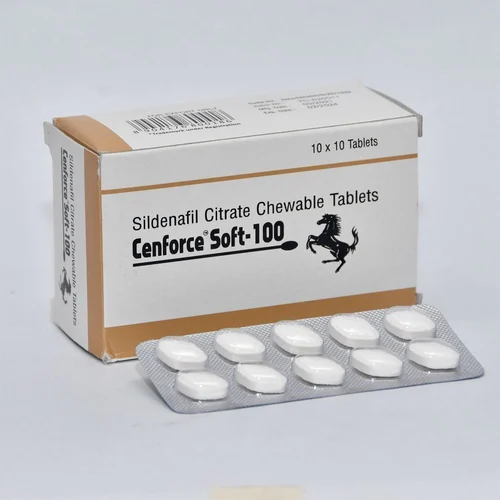
Psychological and Lifestyle Factors Affecting Erectile Dysfunction cenforce
Psychological and Lifestyle Factors Affecting Erectile Dysfunction (ED)
Erectile dysfunction (ED) is a condition that affects a man’s ability to achieve or maintain an erection suitable for sexual activity. While physical causes like heart disease, diabetes, or nerve damage are often cited, psychological and lifestyle factors also play a significant role in both the development and persistence of ED. Understanding these underlying elements is critical—even when using medications like Cenforce (Sildenafil Citrate)—because successful treatment often requires more than just a pill.
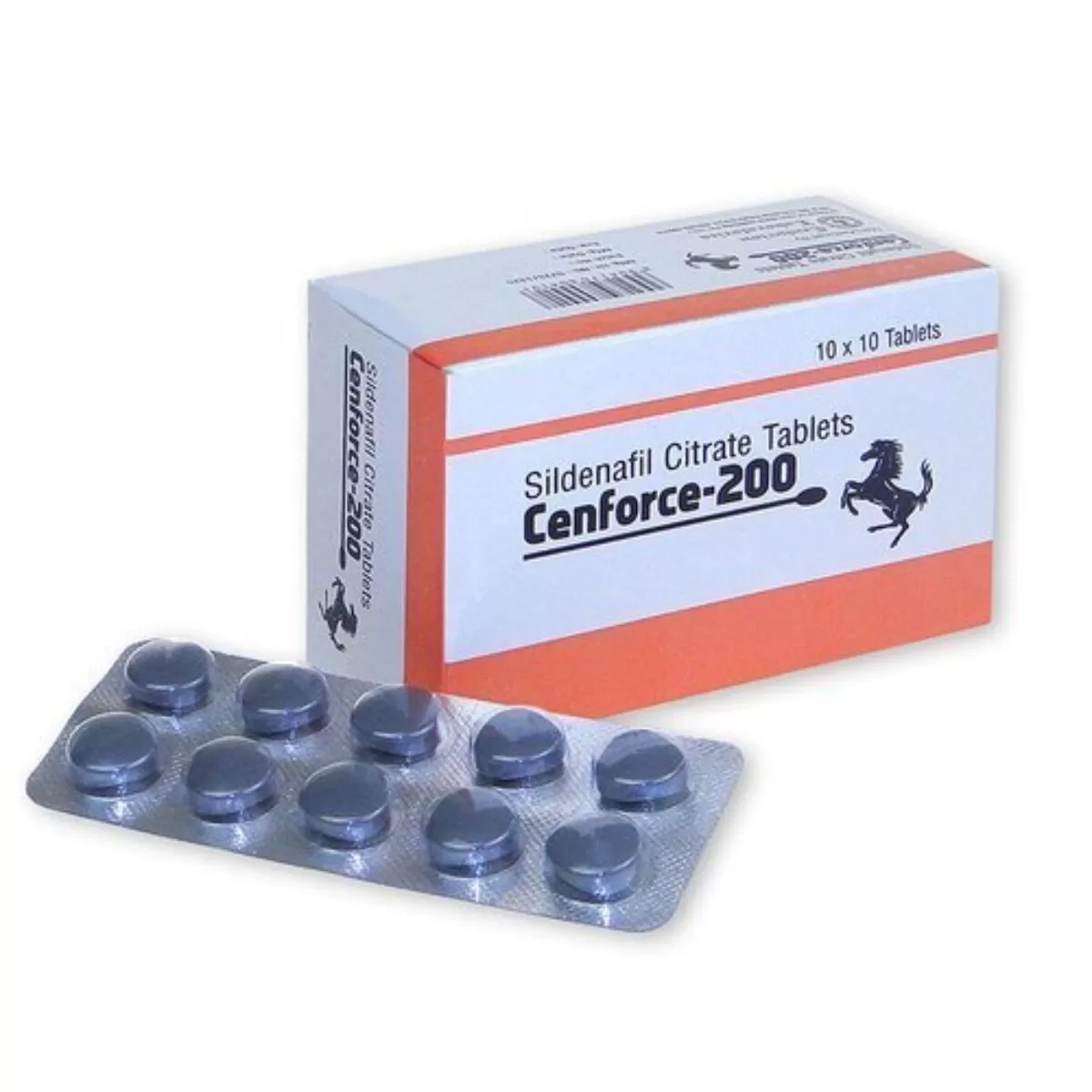
Legal Status and Buying cenforce
Cenforce 600: Legal Status and Safe Buying Guide
Cenforce 600 is a powerful medication used to treat erectile dysfunction (ED) in men. Containing 600 mg of sildenafil citrate, it belongs to a class of drugs known as phosphodiesterase type 5 (PDE5) inhibitors, which help increase blood flow to the penis during sexual stimulation. While it is known for its potency and effectiveness, Cenforce 600 also carries a higher risk of side effects compared to lower-dose alternatives. Therefore, understanding its legal status and knowing how to purchase it safely is crucial for anyone considering its use.

Cenforce vs. Other ED Medications
Cenforce vs. Other ED Medications: A Comparative Overview
Erectile dysfunction (ED) affects millions of men worldwide, and over the years, various medications have been developed to treat it effectively. Among them, Cenforce is a popular choice due to its affordability and proven effectiveness. It contains Sildenafil Citrate, the same active ingredient as the well-known brand-name drug Viagra. However, Cenforce is just one option among several ED medications available on the market today. Understanding how it compares to other drugs such as Viagra, Cialis (Tadalafil), and Levitra (Vardenafil) can help men choose the best treatment for their individual needs.

Potential Side Effects and Risks cenforce
Potential Side Effects and Risks of Cenforce
Cenforce is a medication used to treat erectile dysfunction (ED) in men, with Sildenafil Citrate as its active ingredient—the same compound found in Viagra. While effective and generally well-tolerated, Cenforce can cause side effects and may carry certain risks, especially if not used properly. Understanding these potential side effects and health risks is essential for safe and informed use.

Dosage, Usage, and Administration Cenforce
Dosage, Usage, and Administration of Cenforce
Cenforce is a widely used medication for the treatment of erectile dysfunction (ED) in men. Its active ingredient, Sildenafil Citrate, works by increasing blood flow to the penis during sexual stimulation, allowing for a firm and sustained erection. To ensure effectiveness and safety, it is essential to understand the correct dosage, usage, and administration of Cenforce.

What Is Cenforce and How Does It Work?
Cenforce is a prescription medication primarily used to treat erectile dysfunction (ED) in men. Erectile dysfunction is the inability to achieve or maintain an erection sufficient for satisfactory sexual performance. Cenforce contains Sildenafil Citrate as its active ingredient, which is the same compound found in the well-known brand Viagra. Manufactured by Centurion Laboratories in India, Cenforce is available in several dosages, including 25 mg, 50 mg, 100 mg, 150 mg, and even up to 200 mg, making it a flexible option depending on the severity of the condition and the patient’s health profile.
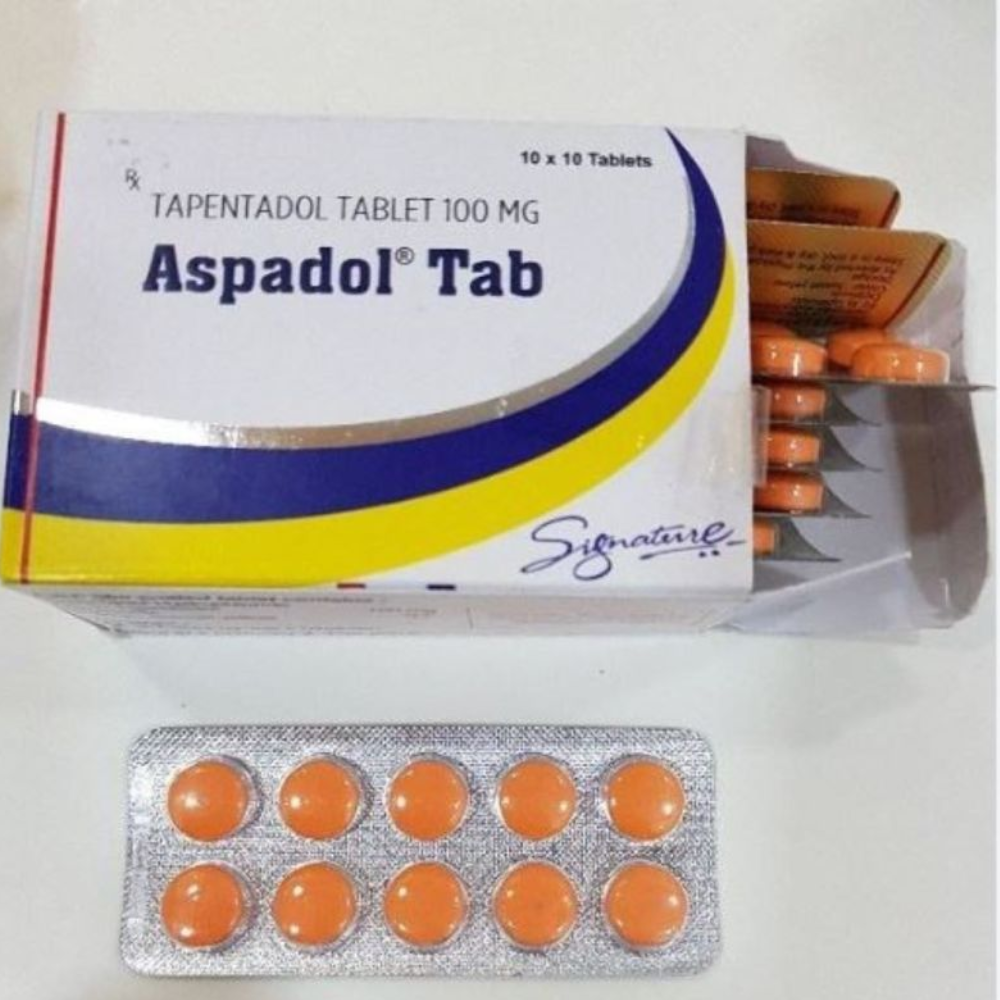
Regulation and Prescription Guidelines – Aspadol
Regulation and Prescription Guidelines of Aspadol (Tapentadol)
Aspadol, which contains Tapentadol as its active ingredient, is a centrally acting opioid analgesic used for the treatment of moderate to severe pain. Because of its potency and potential for misuse, Aspadol is classified as a controlled substance in many countries, and its prescription and dispensing are subject to strict medical and legal regulations. These guidelines are designed to ensure that patients receive effective pain relief while minimizing the risk of abuse, addiction, and other adverse outcomes.

Comparison with Other Painkillers – Aspadol
Comparison with Other Painkillers – Aspadol (Tapentadol)
Aspadol, which contains Tapentadol as its active ingredient, is a centrally acting analgesic that combines two mechanisms of action: μ-opioid receptor agonism and norepinephrine reuptake inhibition (NRI). This dual mechanism makes it distinct among painkillers and allows it to be effective against both nociceptive and neuropathic pain. When compared to other commonly used pain medications, Aspadol demonstrates a unique profile in terms of efficacy, safety, side effects, and risk of dependence.
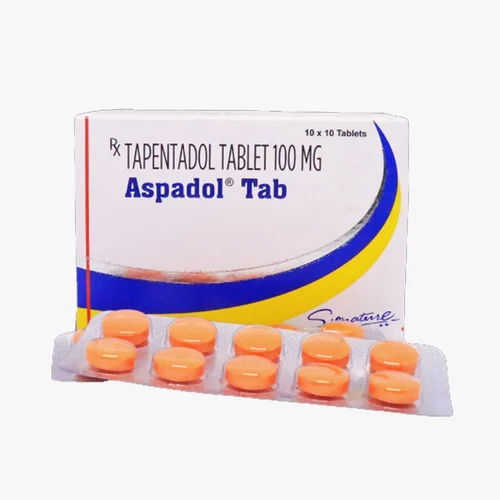
Medical Uses of Aspadol
Medical Uses of Aspadol (Tapentadol)
Aspadol, which contains the active ingredient Tapentadol, is a centrally acting analgesic medication used to treat various types of pain. It is classified as an opioid pain reliever but stands out due to its dual mechanism of action—acting as a μ-opioid receptor agonist and a norepinephrine reuptake inhibitor (NRI). This combination offers effective pain relief in both acute and chronic pain conditions, including some that are not adequately managed by traditional opioids.

Side Effects and Risks – aspadol
Side Effects and Risks of Aspadol (Tapentadol)
Aspadol, which contains the active ingredient Tapentadol, is an opioid analgesic used to treat moderate to severe pain. Although it is effective in pain management due to its dual-action mechanism (μ-opioid receptor agonism and norepinephrine reuptake inhibition), its use carries a variety of side effects and potential risks, especially when used long-term or without proper medical supervision.
Understanding the adverse effects of Aspadol is essential for safe and responsible use.

Pharmacology of Aspadol (Tapentadol)
Buy Aspadol is a brand name for Tapentadol, a centrally acting analgesic used primarily for the management of moderate to severe acute and chronic pain. It exhibits a dual mechanism of action—functioning both as a μ-opioid receptor (MOR) agonist and a norepinephrine reuptake inhibitor (NRI). This pharmacological profile makes it unique among opioid analgesics and provides a balanced efficacy in pain control with potentially fewer side effects compared to classical opioids.

Hydrocodone: An Overview
Hydrocodone is a prescription opioid medication primarily used to relieve moderate to severe pain. It is commonly combined with other analgesics, such as acetaminophen or ibuprofen, to enhance its pain-relieving effects. As a semi-synthetic opioid, hydrocodone works by binding to opioid receptors in the brain and spinal cord, reducing the perception of pain.

Ivermectin in Humans and Animals
Understanding the Correct Dosage, Potential Side Effects, and Interactions of Ivermectin in Humans and Animals. Ivermectin is a broad-spectrum antiparasitic agent used extensively in both human and veterinary medicine. While generally considered…

Different Ivermectin Formulations
A Comparison of Different Ivermectin Formulations: Creams for Skin Conditions vs Oral Tablets for Internal Parasites. Ivermectin is a versatile antiparasitic drug used globally in both human and veterinary medicine. Since its discovery in the late 1970s,

Ivermectin During the COVID-19
A Look at the Off-Label Use of Ivermectin During the COVID-19 Pandemic and the Global Debate Around Its Efficacy and Safety The COVID-19 pandemic, which began in late 2019, sparked an urgent global search for effective treatments.
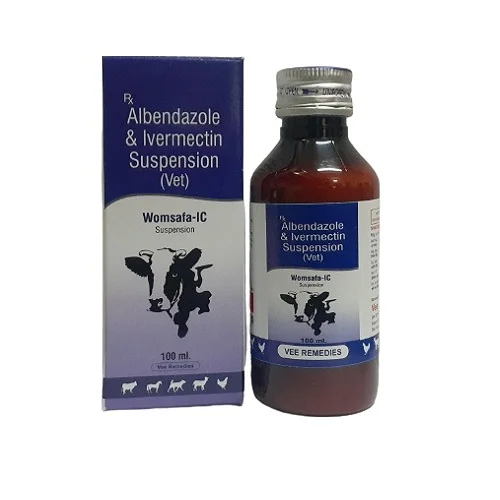
Treatment of Parasites
Use in animals for the Treatment of Parasites like heartworm, mites, lice, and gastrointestinal worms in dogs, cats, cattle, and horses. Parasitic infections are common in domesticated animals and livestock, significantly impacting their health, productivity, and well-being.

Treatment of parasitic infections such as onchocerciasis (river blindness), strongyloidiasis, and scabies.
Parasitic infections affect millions of people globally, particularly in tropical and subtropical regions. Three significant parasitic…

Safe for Use in Memory Clinics
Leqembi Found Safe for Use in Memory Clinics: A Step Forward in Alzheimer’s Treatment Accessibility. Leqembi (lecanemab), a monoclonal antibody developed by Eisai and Biogen, has recently been recognized as safe for use in memory clinics, marking a significant advancement in the treatment of early-stage Alzheimer’s disease

